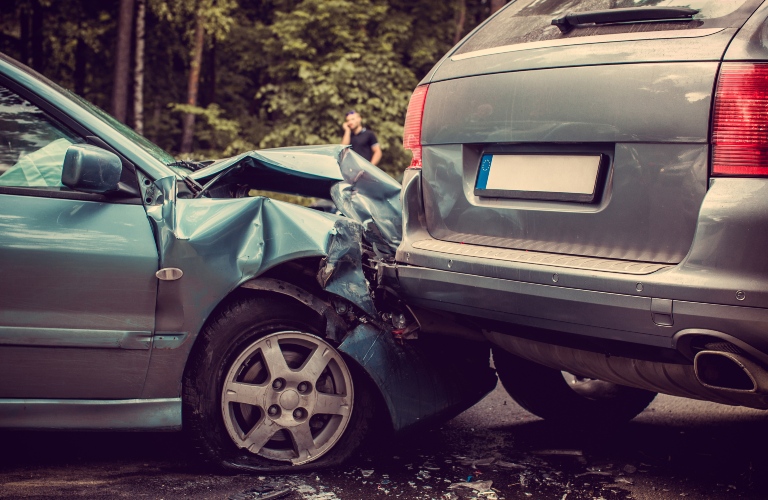
If you have been involved in a car accident in Indiana, one of the first questions you may have is: Who was at fault? The answer to that question can have a major impact on whether you can recover compensation for your injuries and losses—and how much. That’s because Indiana follows what’s called a comparative fault rule in personal injury cases.
How Does Comparative Fault Work in Indiana?
Comparative fault, or comparative negligence, is a legal concept that assigns responsibility for an accident according to the actions of all parties involved.
This standard assesses each party’s level of fault, which is factored into the calculation of damages.
Indiana uses a modified comparative fault rule that has a 51% threshold. This means that:
- You can recover damages as long as you were 50% or less at fault for the crash.
- If you are determined to be 51% or more at fault, you cannot recover any compensation following the accident.
This differs from states with pure comparative fault, where you could technically recover some compensation even if you were 99% responsible. In Indiana, surpassing that 50% threshold eliminates your claim.
How Fault Affects Your Compensation
Even if you are eligible to recover damages, your percentage of fault will directly affect the amount you receive. For example:
- You are awarded $100,000 in damages.
- The court finds you to be 10% at fault for the accident.
- Your award will be reduced by 10%, meaning you receive $90,000.
This makes it essential to provide compelling evidence that reduces your portion of the blame. Insurance companies know how to use comparative fault to their advantage. They often try to shift as much blame as possible onto injured victims to reduce their payout—or avoid paying entirely.
How Is Fault Determined Following a Car Accident?
Establishing responsibility in a car accident can be complex. It requires collecting and examining various evidence pieces, including:
- Police accident reports
- Eyewitness statements
- Vehicle damage and accident scene photos
- Surveillance or dashcam footage
- Expert accident reconstruction (in some cases)
Common Examples of Shared Fault

Comparative fault often comes into play in real-world scenarios such as:
- You were speeding slightly, but the other driver ran a red light.
- You were not wearing a seatbelt, but the other driver rear-ended you.
- You were making a legal left turn but did not signal early enough.
In such circumstances, both parties may hold some degree of responsibility. Collaborating with a skilled and experienced personal injury attorney can assist in minimizing your portion of the fault and optimizing your compensation.
What You Should Do After a Car Accident?
If you have been in a crash, there are several important steps you should take to protect yourself under Indiana’s comparative fault law system:
- Report the accident to the police and get a copy of the report.
- Seek medical attention immediately, even for minor injuries.
- Avoid admitting fault at the scene or in statements to insurers.
- Document everything, including photos, witness names, and insurance information.
- Speak to an experienced personal injury attorney before talking with insurance adjusters.
Contact Kaushal Law To Review Your Legal Options After a Car Accident
At Kaushal Law, we recognize the stress a car accident brings, particularly when you face unjust accusations. We are committed to revealing the truth, ensuring accountability of those responsible, and guiding you through Indiana’s comparative fault regulations confidence.
If you suffered harm in a car accident in Indiana, do not leave your case to chance. Contact Kaushal Law today for a free consultation, and let us help you pursue the compensation you deserve.
